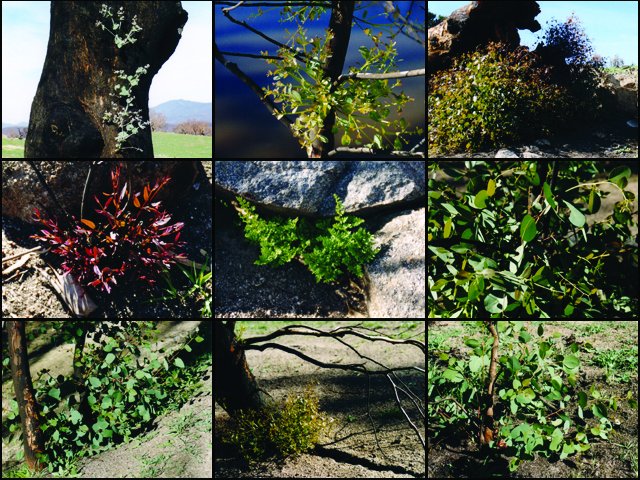Fire
Fire Management on Cooleman Ridge
The Ridge has always been affected by fires. Burning was introduced by Aborigines who regularly used low intensity fires to manage the land for their purposes.
European settlers generally believed that fire was bad as it not only destroyed food but risked destroying infrastructure such as fences, sheds and homes. Fire was therefore generally suppressed.
As the Ridge is now a nature reserve, the ACT Parks and Conservation Service adopts a number of methods to reduce the fuel load and manage the risk of serious fire damage:
- Regular mowing during the growing season, especially behind the houses which abut the Ridge and along the fire trails.
- Slashing regularly in places and on paths that the mowers cannot reach.
- Cattle grazing on a temporary basis and restricted to the western edge to prevent damage to native vegetation and the spread of exotic seeds from their hides and droppings.
- Control burns carried out regularly when the conditions are right. These “cool burns” reduce the ground litter-load but do not destroy the trees. They also help in the regeneration and proliferation of native flora.
However, fire management on the Ridge is no match for the type of catastrophic fire that swept over it in 2003.
Fire on Cooleman Ridge, Saturday 18th January 2003
A lightning strike started the fire at McIntyre’s Hut in southern NSW in the week before Saturday 18 January. It rapidly spread and by early afternoon on the Saturday it had swept up and over the Ridge and into the neighbouring suburbs of Duffy, Chapman and Kambah. Four people lost their lives and over 500 houses were destroyed. The Ridge itself sustained extensive damage: completely blackened with not one green leaf nor blade of grass over the entire Ridge, a large number of dead animals and the top of the large square reservoir blown off. Furthermore, valuable photos and records were destroyed when Group members, Gosta and Pauline Lynga, lost their house.
Devestated but undaunted, the Group set about restoring and regenerating the Ridge, and such work continues to the present day.
The pictures below show Cooleman Ridge in February 2003 after the fires, and the new green growth in June 2003. Photo copyright: R. Vallak
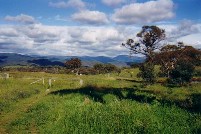 |
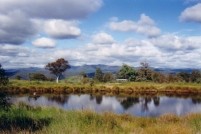 |
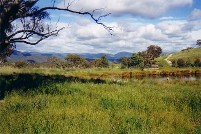 |
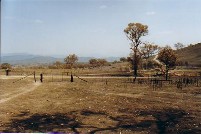 |
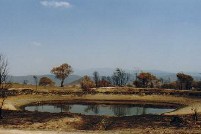 |
 |
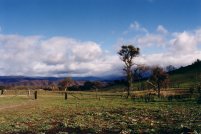 |
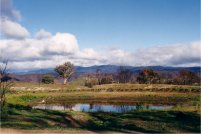 |
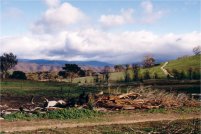 |
|
Top: November 2001 - walking
down the hill (dam to right). 2nd row: After the fire - a tree is down (see far right photo) 3rd row: Rains bring on the weeds, especially Paterson's Curse. |
Top: November 2001 - a picturesque
setting. 2nd row: Ducks were seen on this dam in the days after the fire. 3rd row: Water quality is poor, but ducks still come to the dam. |
Top: November 2001 - dam, with
road winding up hill. 2nd row: A tree felled by wind and fire lies in front of the dam. 3rd row: New weeds grew from seed scattered for any survivors to eat. |
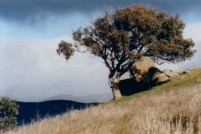 |
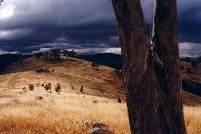 |
 |
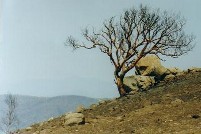 |
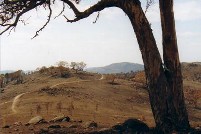 |
 |
|
Top: June 2002 - snowing on
the mountains. 2nd row: Same tree; a smoky haze this time. |
Top: October 2002 - storm clouds
approach. 2nd row: The same view after the fire. |
Top: October 2002 - storms over
distant hills. 2nd row: A much drier, burnt landscape. |
More photographs
The pictures below show Cooleman Ridge in February 2003 after the fires, and the new green growth in June 2003. Photo copyright: R. Vallak
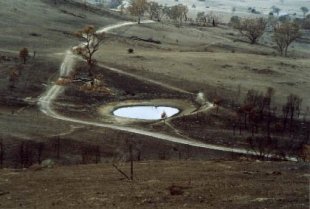
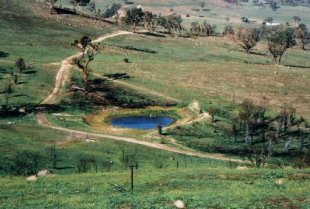
Regrowth on Cooleman Ridge, March 2003
The pictures below show some of the regrowth on Cooleman Ridge since the January fires. Photo copyright: K. Pelling
